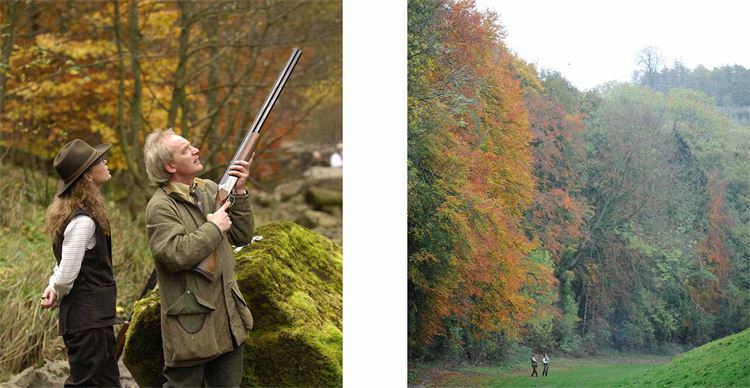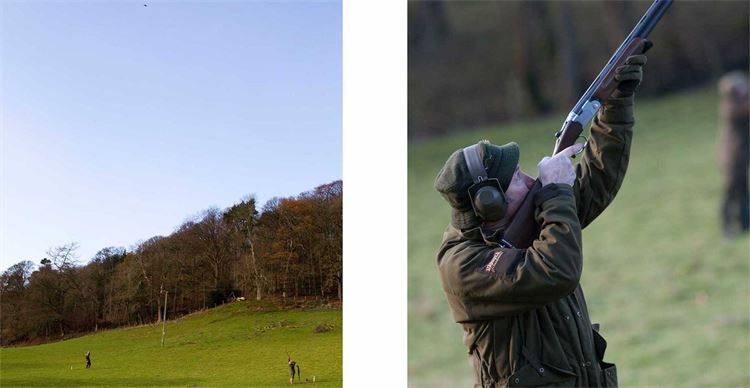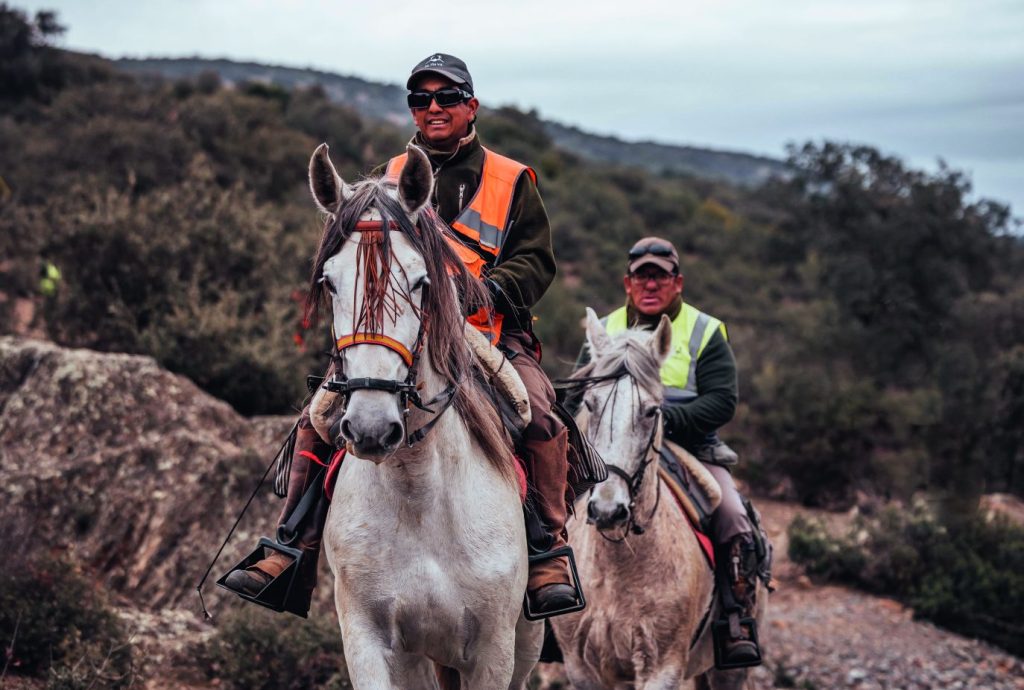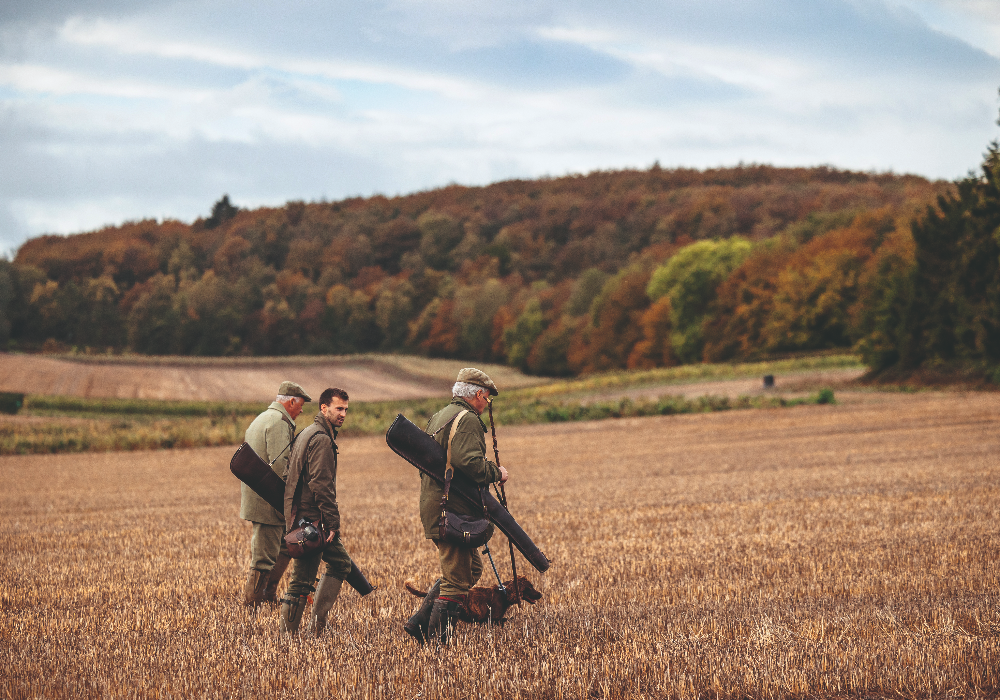Which gun for high pheasants?
When it comes to tackling extreme range pheasants, bigger does not always mean better
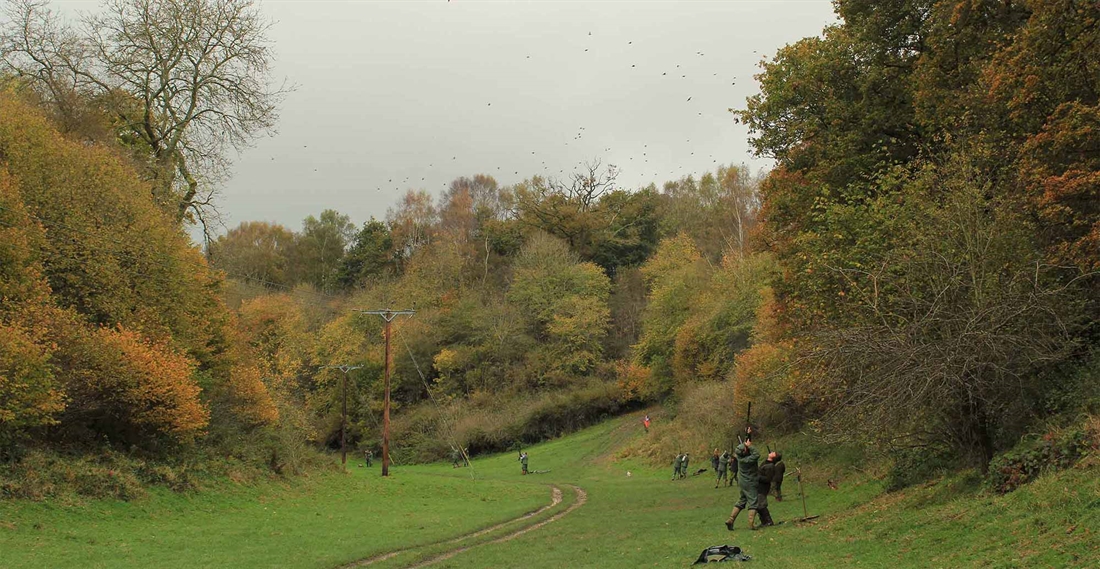
In my years as a sporting agent, shooting instructor, gunmaker and gun fitter, I have often been amazed, both in the field and at shooting grounds, at a client’s choice of gun when, often, their choice is actually handicapping their efforts to achieve consistent, straight shooting.
This mismatching of gun to bird has been exacerbated by the current fashion for uber-high pheasant shoots where birds in excess of 60 yards are considered fair game. When looking for a suitable shotgun to tackle these stratospheric flyers, it is all too easy to be influenced by recommendations and reviews, a friend or a salesman’s expertise, or what the acknowledged top Shots are using.
Today, the trend seems to be towards long-barrelled, heavy over-unders, and equally heavy loads. It can be painful to observe the strenuous efforts made to muscle the leaden weight of one of these guns in an attempt to match their gun’s speed to that of the bird’s! Then, when this behemoth is fired, they are rocked back on their heels by the recoil.
The importance of gun fitting
There seems little consideration, if any, given to finding a gun that complements the individual’s shooting style or personal needs. Most mass produced guns are built to fit that 80 per cent of the male population who weigh 185lb, are 5′ 10″ tall and right-handed. The stock dimensions on the standard shotgun are usually 14″ length of pull, 1″ drop at comb, 2″ drop at heel, with a smidgen of cast – 1/8″, at most. If you do not fit this description – if you are taller or shorter, left-handed or a lady – you will struggle to shoot an off-the-shelf gun without doing some alteration or restocking to adjust it to fit your personal dimensions.
The first part of this process is to arrange for a proper gun fitting with a professional at a shooting ground where your shooting can be assessed. Then a try gun will be adjusted to your dimensions and the measurements proven on a pattern plate, and further tested by shooting a series of targets off the high tower. For the price of a brace of pheasants on a good estate, money spent on a gun fitting is possibly the best investment you could make to improve your shooting.
Armed with your gun fitting prescription, check those measurements against the gun you own or are proposing to buy. If the dimensions are close, the stock can be made to fit by hot oil bending etc. If the difference between your dimensions and the gun in question is too large to take this route, the only option is to look for another gun with the correct or closer dimensions or to have the gun restocked.
Many high pheasant aficionados also have had their guns stocked with high combs. I can understand the thinking behind this – a higher comb lets the eye see clearly over the top lever and breech to the bird, it allows for shot drop at extreme distances, builds in some lead on the straight driven bird and avoids the tendency to miss under and behind on the quartering bird. However, what you win on the swings, you lose on the roundabouts. Unless you are one of the lucky few who can afford to shoot 30-plus days at these uber-high pheasants, the higher comb can work against you. If you are using one gun or one pair of guns for all of your game shooting, the higher comb can cause you to shoot high and miss over the traditional presentation of pheasant, partridge and certainly grouse.
One size doesn’t fit all
It is important to understand that a gun’s balance and handling are created by the distribution of weight throughout its component parts of lock, stock and barrel. Two guns can be identical in weight and overall length, but one will handle like a sports car the other like a milk truck.
The old gunmaker’s rule of thumb was that a gun’s barrels should be twice the length of pull in order to place the ‘moment of inertia’ (which creates a gun’s swing dynamics or speed of swing) between the hands. Using Mr. Average’s 14″ length of pull, this formula would compute to a 30″ barrel length. But today’s modern steels and manufacturing techniques have resulted in stronger, lighter barrels so ‘moment of inertia’ balance can be achieved with 32″ and 34″ barrels.
But really, your gun’s barrel length should be determined by your physical size and strength, not the height of a pheasant. While long barrels might help on extremely high birds, if they do not complement you and your style of shooting, then they are not for you.
Improved control is worth more than a couple of inches any day. The timing of your swing and taking the shot happens in milliseconds – a hit or a miss is determined by very small margins at long distances. A judicious compromise between barrel length and handling can often make the difference in better consistency and cleaner kills.
There are, however, benefits to shooting the longest barrels you are capable of comfortably handling. It can be argued that it is easier to point out a high bird with a longer-barrelled shotgun and, like a super tanker, once under way, the gun will hold its course and line and the longer barrels do help control the muzzle flip created by recoil.
But, if the longer barrels are not correctly balanced, more effort is required to overcome the inertia of the ‘dead gun’; the excessive weight will slow your swing-speed and require more effort to move smoothly.
The higher the pheasant, the more precise the line and swing need to be. The gun you shoot, irrespective of its barrel length, should promote a smooth swing, enabling you to maintain the line and speed of the bird’s flight. Unfortunately, it seems that those who continue to struggle with too-long barrels fail to understand this principle.
It is not only the overall length and dynamics of a gun that affects its suitability as a high pheasant gun. Shots taken at extreme ranges require excellent trigger pulls with the correct poundage – crisp, with no drag and excellent lock times.
On a hot peg, a gun that ejects cleanly, kicking the spent cartridges well clear of the breech is essential. However, a day with a large bag and a hot peg, shooting heavy loads, is not only tough on your body but also tough on your gun! Heavy loads generate a lot of heat and many sticky ejectors are a bi-product of the breech expanding and binding the extractors, resulting in the spent cartridges sticking in the fouled chambers and not cleanly ejecting.
The popular advice for a super high pheasant is that full choke and a duck load is the combination for plucking these arch angels from the heavens. At the risk of being burned at the stake for heresy, I maintain that it is the kinetic energy achieved by the speed and mass of a pellet on the bird that penetrates and kills at extreme ranges. And it has been proven in ballistic tests that hot loads and full chokes can result in blown patterns. I would argue that 32 – 34g No. 5s with a smooth-shooting cartridge with or improved modified choke, will put more pellets on the bird and be kinder to your gun and your shoulder. If you cannot kill them cleanly with this combination, you are shooting beyond your ability.
A high pheasant gun is a truly specialised tool. When asked for advice on choosing such a gun, I suggest looking at those used in the Olympic Games and World Championships. The Olympics have evolved to demand absolute excellence in gun, cartridge and competitor. These shooters will have trained for many years and may only have one opportunity to win the coveted gold medal. It stands to reason that they would choose to shoot the gun that complements their physique and shooting style. History has shown that, with very few exceptions, Olympic shooters and top internationals choose guns from four makers – Perazzi, Beretta (DT and SO models), Krieghoff and Browning. Though a good case could be made for the inclusion of Caesar Guerini, Rizzini and Miroku.
All of these shotguns are of the highest quality, and all deliver in balance and handling dynamics, perfect ballistic patterns, in controlling recoil and are available with custom stock dimensions. But most important, they all have great triggers.
Conclusion
My personal check list for a high pheasant gun would be a 12 bore that handles smoothly with a combination of weight, speed and feel. For me, this would equate to 32″ barrels with and improved modified chokes, crisp trigger pulls set at 3 and 4lb, and custom stocked, as I am not Mr. Average.
A final word on barrel length: I have found 34″ to be too much barrel for me. When trying hard to focus on the bird, I am distracted by that amount of rib. But it is a personal choice and you should go and shoot the gun of your choice with 30″, 32″ and 34″ barrels and then make your own decision as to what works best for you! And be sure to marry it to a cartridge that can kill cleanly at long distance but, importantly, does not knock the fillings from your teeth!
Related Articles
Get the latest news delivered direct to your door
Subscribe to Fieldsports Journal
Elevate your experience in the field with a subscription to Fieldsports Journal, the premium publication for passionate country sports enthusiasts. This bi-monthly journal delivers unparalleled coverage of game shooting, fishing and big game across the UK and beyond.
Each issue offers a stunning collection of in-depth features, expert opinions and world-class photography, all presented in a timeless yet contemporary design.
Save 10% on shop price when you subscribe, with a choice of packages that work for you. Choose from Print & Digital or Digital only with each journal delivered directly to your door or via the app every other month, plus access to past issues with the digital back issue library.






